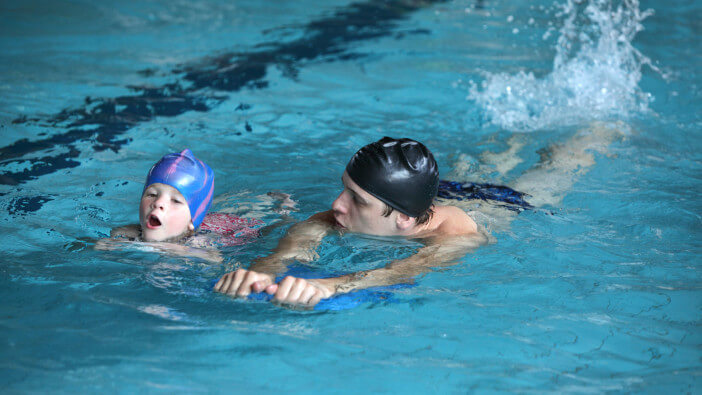Water safety is an essential aspect of recreation and leisure activities that involve swimming, boating, fishing, or any other water-related activity. Every year, there are thousands of drowning incidents in the United States, and many of these accidents are preventable with proper water safety measures.
By following essential water safety rules and getting proper lifeguard training and certification, you can help prevent these incidents and stay safe in and around the water. This article will explore the importance of water safety and the role of lifeguard training and certification in promoting water safety.
Water Safety Education Programs
One of the best ways to promote water safety is through education. Water safety education programs can be implemented in schools, community centers, and even at public pools and beaches. These programs provide important information on water safety rules and practices, including how to swim and how to recognize and respond to emergencies in and around water.
Swim Lessons
Swimming lessons are an essential part of water safety education, and they can significantly reduce the risk of drowning. Children and adults who can swim are more likely to feel comfortable and confident in the water, and they are better equipped to handle unexpected situations.
The American Lifeguard Association offers swim lessons in addition to lifeguard certification and training courses. With swim lessons, individuals can learn basic water safety skills and techniques, and progress to more advanced levels as they become more comfortable in the water.
Drowning Prevention
Drowning is a significant risk associated with water activities. According to the Centers for Disease Control and Prevention (CDC), drowning is the leading cause of injury-related deaths among children aged 1-4 years old, and it is the second leading cause of accidental deaths among children under the age of 14.
By implementing water safety measures such as wearing a life jacket, swimming near a lifeguard, and avoiding alcohol and drugs, the risk of drowning can be significantly reduced.
Prevention of Water-Related Accidents
Water-related accidents can also occur in other forms such as boating accidents, slip and fall accidents, and other injuries related to water activities. Lifeguard training and certification can help prevent these accidents by teaching proper rescue and first-aid techniques. Additionally, learning to recognize and address unsafe water conditions can help prevent accidents and reduce the likelihood of injury or death.
Promoting Good Health
Swimming and other water activities are excellent forms of exercise that promote good health. However, water activities can also pose risks to your health. Exposure to contaminated water or excessive sun exposure can lead to skin and eye infections, dehydration, and other health issues. Proper water safety measures such as wearing sunscreen, staying hydrated, and avoiding contaminated water sources can help prevent these health issues and promote a healthy and enjoyable water experience.
The Role of Lifeguard Training and Certification
Lifeguard training and certification are essential components of promoting water safety. These programs are designed to teach individuals the necessary skills and knowledge to become effective lifeguards and promote water safety.

The American Lifeguard Association offers lifeguard training and certification in all major cities in the US, and their programs cover a wide range of topics including water rescue techniques, first-aid, CPR, and other essential skills.
Lifeguard Classes
Lifeguard classes are designed to teach individuals the necessary skills and knowledge to become effective lifeguards. These classes typically cover topics such as water rescue techniques, first-aid, CPR, and other essential skills.
Lifeguard classes are available in both classroom and practical settings and are typically led by certified instructors. The American Lifeguard Association offers a range of lifeguard classes to suit different skill levels and needs.
Lifeguard Recertification
Lifeguard recertification is an essential aspect of maintaining lifeguard certification. Lifeguard certification typically lasts for two years, after which lifeguards must undergo recertification to maintain their certification. The American Lifeguard Association offers recertification courses that cover the latest safety techniques and updates to safety regulations.
Conclusion
Water safety is an essential aspect of recreational water activities, and it is critical to take appropriate safety measures to prevent accidents and injuries. Lifeguard training and certification are essential components of promoting water safety and preventing accidents.
The American Lifeguard Association provides comprehensive lifeguard training and certification programs in all major cities in the US. By following essential water safety rules and obtaining proper training and certification, individuals can help prevent accidents, promote good health, and enjoy water activities safely.

